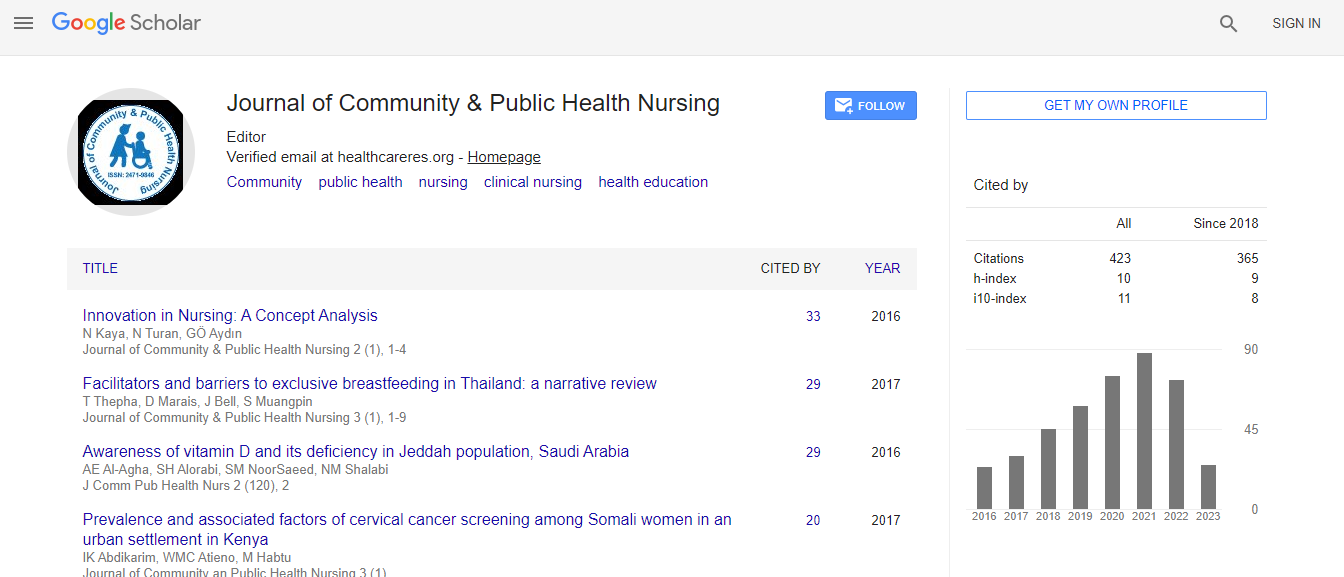Short Communication
Process-of-Care Indicators and Results in Community Acquired Pneumonia after the Introduction of New Guidelines (SEPAR/IDSA)
José Luis Barrios1, Miriam Delgado2, Mar Alvarez3, Inés Carrascosa4 and Andrés Canut5*
1Microbiology Service, University Hospital of Alava. Basque Health Service. Vitoria-Gasteiz, Álava, Spain
2Hospitalization at Home Service, University Hospital of Alava. Basque Health Service. Vitoria-Gasteiz, Álava, Spain
3Emergency Unit, University Hospital of Alava. Basque Health Service. Vitoria-Gasteiz, Álava, Spain
4Pneumology Service. University Hospital of Alava. Basque Health Service. Vitoria-Gasteiz, Álava, Spain
5Microbiology Service, University Hospital, Basque Health Service, Calle Francisco Leandro de Viana 1, 01009 Vitoria-Gasteiz, Álava, Spain
- *Corresponding Author:
- Andrés Canut
Microbiology Service, University Hospital
Basque Health Service, Calle Francisco Leandro de Viana 1
01009 Vitoria-Gasteiz, Álava, Spain
Tel: 34 945 007 654
Fax: 34 945 007 653
E-mail: andres.canutblasco@osakidetza.eus
Received date: October 05, 2015; Accepted date: November 23, 2015; Published date: November 30, 2015
Citation: Barrios JL, Delgado M, Alvarez M, Carrascosa I, Canut A (2015) Process-of-Care Indicators and Results in Community Acquired Pneumonia after the Introduction of New Guidelines (SEPAR/IDSA). J Comm Pub Health Nursing 1:106. doi:10.4172/2471-9846.1000106
Copyright: © 2015 Barrios JL, et al. This is an open-access article distributed under the terms of the Creative Commons Attribution License, which permits unrestricted use, distribution, and reproduction in any medium, provided the original author and source are credited.
Abstract
Objective: Process-of-care and outcome indicators obtained with two guidelines for the management of community-acquired pneumonia (CAP) were compared: SEQ/ATS guidelines vs. SEPAR/IDSA guidelines.
Patients and methods: Observational prospective study including 457 patients diagnosed for CAP in a hospital general in 2006 (SEQ/ATS guidelines) and 2007 and 2008 (SEPAR/IDSA guidelines). Process-of-care and outcome indicators were compared between the two guidelines and also between the two years after the introduction of the SEPAR/IDSA guidelines. Moreover, the influence of the use of the Pneumonia Severity Index (PSI) was also studied.
Results: Global adherence to the guidelines was significantly higher with the SEPAT/IDSA guidelines. Length of hospital stay was not influenced by the adherence to either of the two guidelines. Both guidelines seem to be more useful in ruling serious illness out than in ruling in. The estimation of the severity as measured by the PSI significantly decreased the inappropriate hospitalization of the patients of risk class I-III. In patients of moderate-high risk classes, the adequateness of treatment was higher when the PSI had been estimated in the emergency unit. In the second year of the implementation of SEPAR/IDSA guidelines, mortality was lower and early treatment was higher in the patients of risk classes IV-V in which the PSI had been estimated in the emergency unit, in comparison to the patients in which the PSI had not been estimated.
Conclusion: The implementation of the SEPAR/IDSA guidelines improved the process-of-care and outcome indicators of patients diagnosed for CAP.

 Spanish
Spanish  Chinese
Chinese  Russian
Russian  German
German  French
French  Japanese
Japanese  Portuguese
Portuguese  Hindi
Hindi 
